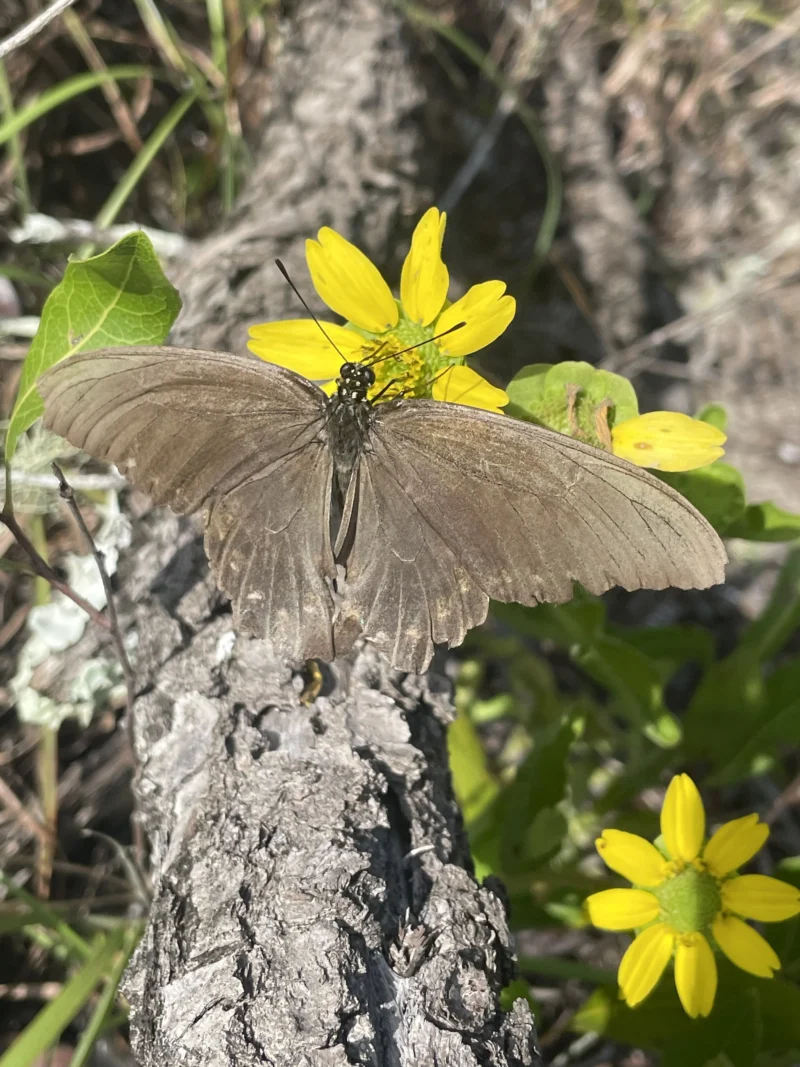In the world of citizen science and digital naturalism, there’s a growing reliance on photographic evidence for species identification. Platforms like iNaturalist have democratized biodiversity data collection, but they’ve also opened the door to misidentification when context is ignored—especially ecological context. Nowhere is this more apparent than in the frequent mislabeling of worn swallowtail butterflies, where a faded dorsal view is often treated as conclusive evidence despite lacking key morphological features and, more importantly, local host plant verification.
This case study focuses on a commonly misidentified specimen from the Lake Wales Ridge in central Florida—an ecological island of ancient sandhill, scrub, and unique endemic flora. The butterfly in question: a tattered, dull swallowtail, with no ventral view and no remaining iridescent coloration. On iNaturalist, this individual was hastily identified by “community consensus” as a Pipevine Swallowtail (Battus philenor), largely due to vague patterning on the hindwings. Yet this identification cannot hold up to scrutiny—not morphologically, not ecologically, and not geographically.

As someone who has conducted long-term ecological surveys across the Ridge, both on conservation land and private property, I can state with certainty that Aristolochia, the obligate host genus for B. philenor, is entirely absent from the interior Ridge scrub. This is not an oversight. Dutchman’s Pipe (Aristolochia gigantea) and native pipevines have been difficult even to cultivate on Florida’s cooler and moister coast, let alone establish in the sterile, low-nutrient sands of the interior. I have tried. Repeatedly. They do not grow there.
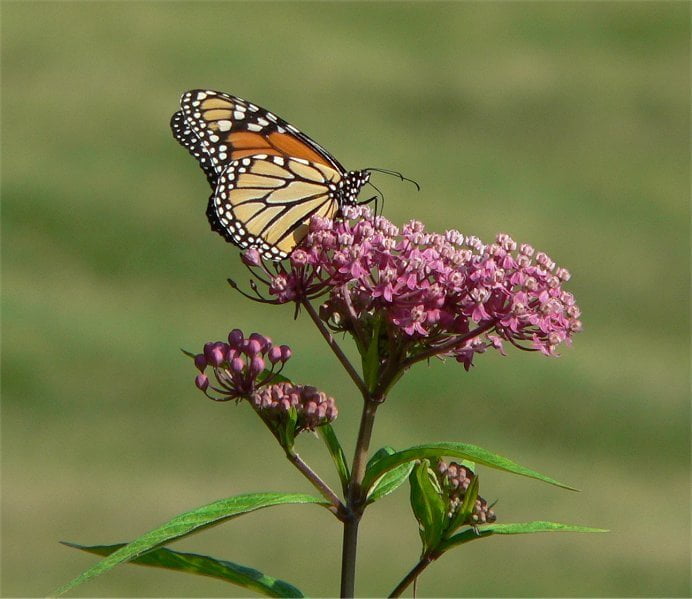
50 Swamp Milkweed Seeds (Asclepias incarnata) for North America
Create a sanctuary that celebrates. Bring the beauty of Swamp Milkweed to your garden with Johnny Butterflyseed’s Premium Swamp Milkweed Seeds.
By contrast, Spicebush Swallowtail (Papilio troilus)—a species highly adaptable to secondary hosts such as Cinnamomum camphora (Camphor tree), in addition to its native Lindera benzoin and Sassafras albidum—is common and well established in this region. Camphor thrives in disturbed soil and human-modified areas, and Spicebush caterpillars utilize it with ease. There is no comparable documentation for B. philenor in this area because there is no host to support it.
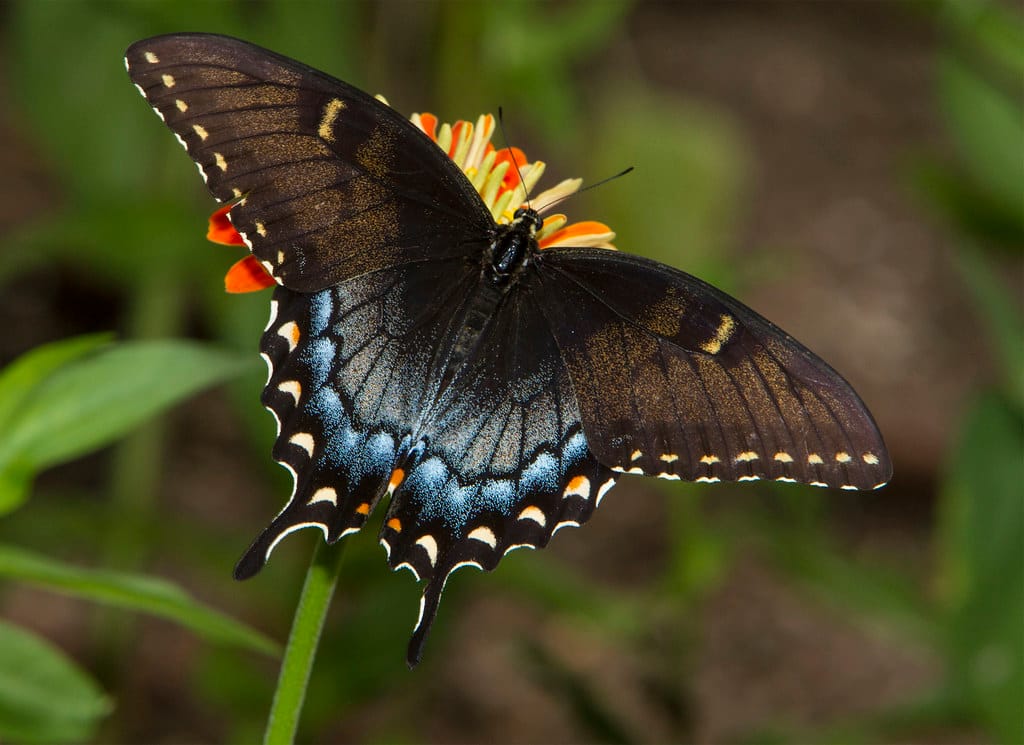
And yet, when a faded dorsal photo of a swallowtail is posted—one lacking the iridescent blue or green of a healthy male, lacking any visible ventral patterning, and clearly degraded by time and weather—armchair identifiers still insist on calling it Pipevine Swallowtail. Why? Because on platforms like iNaturalist, ID often becomes a game of visual pattern matching, not ecological reasoning. Without the host plant present, and without the ventral view, such guesses are irresponsible at best, and damaging to biodiversity records at worst.
When ecological expertise is dismissed in favor of user voting, we risk building a dataset detached from reality. Worse, we risk silencing the very people doing the hard work in the field—people whose snake boots have traversed the scrubs, who’ve studied the host plants, and who’ve documented the true butterfly populations over years, not screenshots.
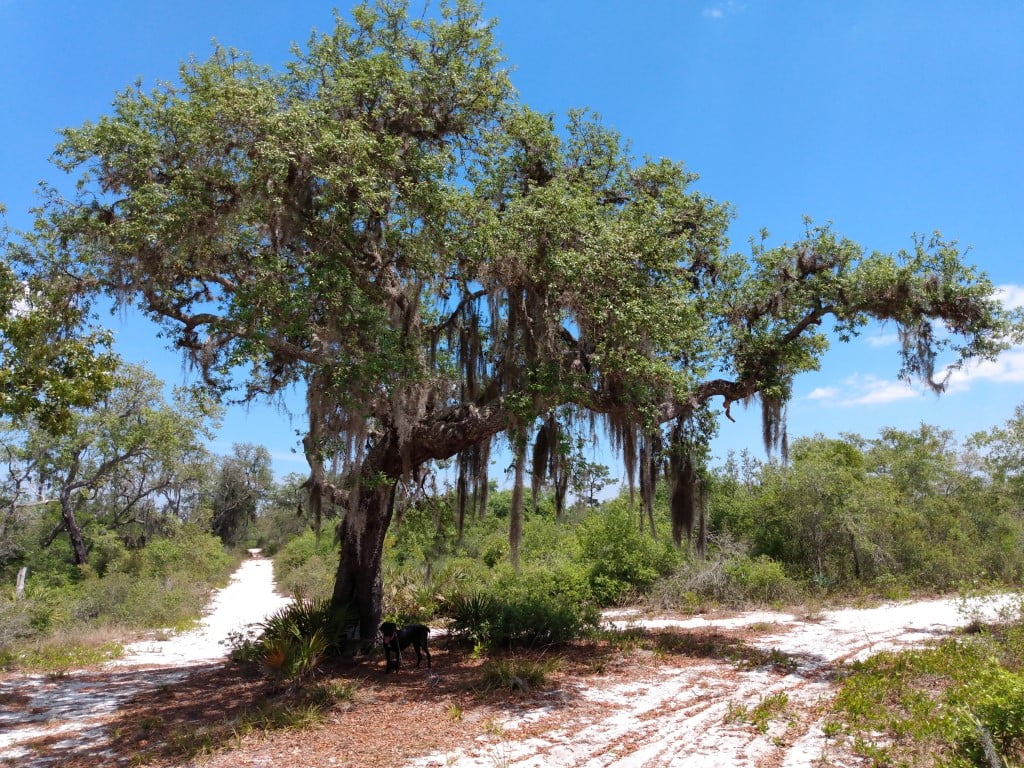
The solution isn’t to throw out citizen science—it’s to pair it with contextual accountability. In cases of uncertain or worn individuals, the absence of host plants should override the presence of superficial similarity. Identification is more than image matching. It is ecological literacy, historical awareness, and biome familiarity.
Until we begin giving weight to field knowledge alongside photographs, we will continue mislabeling our landscapes—swapping familiarity for correctness. The Lake Wales Ridge deserves better than that.
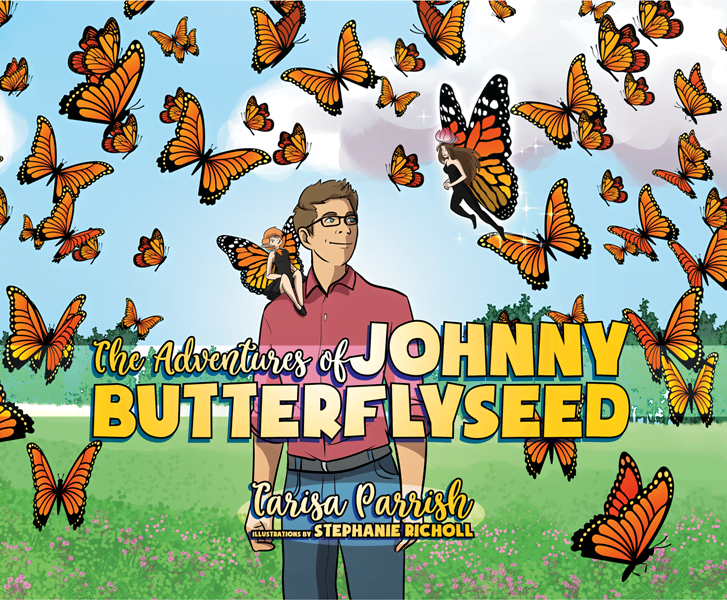
The Adventures of Johnny Butterflyseed – Author Signed First Edition Children’s Book
Save the monarchs!
Johnny Butterflyseed and his fairy friend, Raven Silverwing, embark on a mission to save the rapidly disappearing butterflies. They enlist the help of Queen Venus Goldwing and her kingdom of monarchs to educate and inspire kids to become butterfly farmers. At first, Johnny faces his own internal struggle with self-doubt and fear in his ability to make a difference, but then soon develops a mindset that allows him to not only get started, but also make progress one day at a time. Through challenge after challenge, Johnny learns that he is not alone in his mission and that there are many people who want to help. Together, Johnny, Raven, and Queen Venus educate thousands of children on becoming butterfly farmers.
Johnny Butterflyseed is a field ecologist and native plant advocate specializing in the ecological history and entomological complexity of the Florida Ridge system. For more on butterfly-host relationships and native plant conservation, visit johnnybutterflyseed.com.
